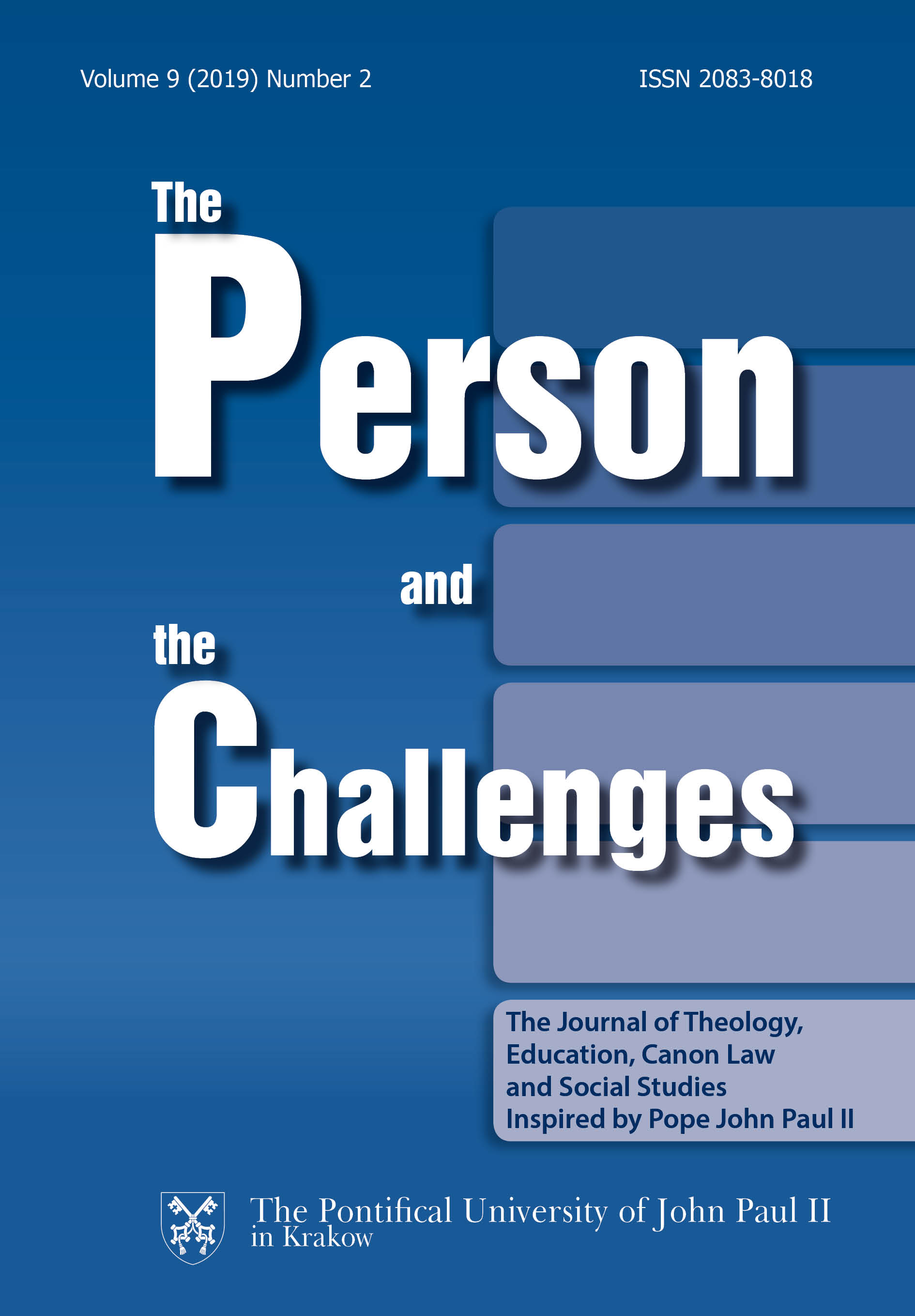Empire; maps; borders; mental cartography; image-based geography; national territory
DOI:
https://doi.org/10.15633/pch.3453Keywords:
Empire, maps, borders, mental cartography, image-based geography, national territoryAbstract
The modern phenomenon of a nation is directly connected with the outcomes of the French Revolution, the latter having predetermined the political, social and economic processes of the 19th century. With cosmopolitan empires becoming, so to say, “incubators” for the nations, the Russian Empire was no exception. Perception of the borders, territories and the population of the empire shaped the processes of capturing new territories, their further attribution to the newly formed imperial historical framework, which in the course of time impacted national constructs. The scientific implications of the phenomenon of an empire and imperial practices triggered the research in the field of imperial history. The tools of image-based geography allow to reveal additional details and peculiarities of states and nations developing within the imperial environment.
The author focuses on the processes of projecting, mapping and visualizing the territories with their ethnic population. The article demonstrates the ways the political relevance impacted the layouts of regions, borders and demographic characteristics.
References
Andersen B., Imagined Communities: Reflections on the Origin and Spread of Nationalism, Moscow 2001, Kuchkovo Pole.
Erkert R., Ethnographic Atlas of West-Russian Guberniyas and Neighboring Regions, Berlin 1863.
Erkert R., A Glance at the History and Ethnography of the Western Provinces of Russia, Saint Petersburg 1864.
Index of Church Books in 2 volumes, Volume 1: Roman Catholic Church; Greek Catholic Church; Lutheran Church; Judaism, Volume 2: Orthodox Church, State Archive of Zhytomyr Oblast, Zhytomyr 2010, Volyn.
Kaplan R., The Revenge of Geography: What the Map Tells Us About Coming Conflicts and the Battle Against Fate, translated from English by M. Kotova, Moscow 2015, KoLibri.
Lebedkin M., On the Composition of the Tribal Population of the Westernmost parts of the Russian Empire, Saint Petersburg 1861, Notes of the Imperial Russian Geographical Society, Book ІІІ.
Materials for Geography and Statistics of Russia collected by the officers of the General Staff, Bessarabia region, A. Zashchuk, St. Petersburg1862: A. Weimar.
Materials for Geography and Statistics of Russia collected by the officers of the General Staff, St. Petersburg, 1856–1868, A. Weimar.
Nestorovskiy P., Bessarabian Rusyns. Review on history and ethnography, Warsaw 1905.
Pauly G., Ethnographic Description of the Peoples of Russia, Saint Petersburg 1862.
Rittich A., Atlas of the population of the West-Russian Territory by Confession, Saint Petersburg, Printing house of V. Weleng.
Rittich A., Ethnic Map of European Russia, Saint Petersburg 1875, Printing House “Obshchestvennaya Polza”.
Rittich A., Slavic World, Warsaw 1885, Printing House of V.M. Istomin.
Said E., Orientalism, Kiev 2001, “Osnovy”.
Šafárik P., Desctiption of Slavic People / P. Šafárik [translated by O. Bodiansky], Moscow 1843, Universitetsjaya tipographia.
Shafonsky A., The Topographical Description of Chernigov Province and the Short Geographical and Historical Description of the Little Russia whose Parts Comprise the Province (1786).
Szporluk R., Empire and Nations (the Historical Case of Ukraine, Russia, Poland and Belarus), Electronicresource, Available at: http://litopys.org.ua/ (14.02.2019).
Tolochko O., The Legacy of Kievan Rus in the Ukrainian Historical Thought of Early 19th century, in: O. Tolochko, V. Verstiuk, V. Horobets Ukrainian Projects in the Russian Empire: Essays in 3 volumes, Kiev, Naukova Dumka 2004. Volume 1.
Venherska V., Ukrainian Projects and Nation-Building in the Romanov and Habsburg Empires (late 18th – early 20th centuries), Zhytomyr 2013, Publishing house PP Yevenok O.O.
Wolff L., Inventing Eastern Europe: The Map of Civilization on the Mind of the Enlightenment / Larry Wolff. Preface by A. Miller, Series “Historia Rossica”, Moscow 2003, NLO.
Downloads
Published
Issue
Section
License
Copyright (c) 2019 Victoria Vengerska

This work is licensed under a Creative Commons Attribution 4.0 International License.
Authors who publish with this journal agree to the following terms:
- Authors retain the copyright and full publishing rights without restrictions, and grant the journal right of first publication with the work simultaneously licensed under a Creative Commons Attribution 4.0 International License that allows others to share the work with an acknowledgement of the work's authorship and initial publication in this journal.
- Authors are able to enter into separate, additional contractual arrangements for the non-exclusive distribution of the journal's published version of the work (e.g., post it to an institutional repository or publish it in a book), with an acknowledgement of its initial publication in this journal.
- Authors are permitted and encouraged to post their work online (e.g., in institutional repositories or on their website) prior to and during the submission process, as it can lead to productive exchanges, as well as earlier and greater citation of published work (See The Effect of Open Access).

